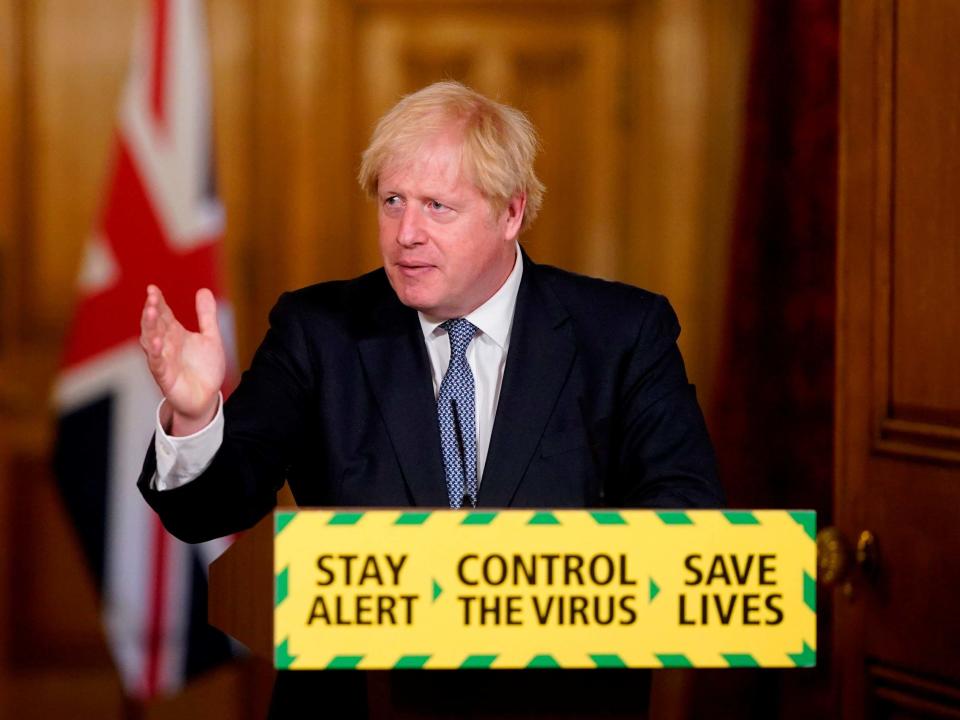Coronavirus UK: What might lockdown look like in event of second wave?

Boris Johnson met with Rishi Sunak, the chancellor, last week to discuss options for avoiding a national lockdown if England faces a second coronavirus wave over winter.
Following a string of local lockdowns in the northwest, the government is reportedly considering how to adapt its strategy if cases surge nationally.
According to The Times, No 10 ran through hypothetical scenarios for how to it could tackle a resurgence if the local shutdowns fail.
What measures are reportedly being considered?
Regional ‘whack-a-mole’: This hypothetical scenario quickly developed into a reality as test-and-trace data in the northwest showed the virus was surging and had chiefly been spread through house visits. Ministers banned more than one household meeting indoors across nine local authorities.
London: In March, Mr Johnson had rejected plans to quarantine the capital to stem the tide of infections. Last week, the prime minister agreed if infections rose significantly, people would be asked to not travel in or out of the M25, as well as being ordered to stay at home and overnight stays banned.
Flight paths: If the virus was found to be spreading by people flying through London, the team would scrap the ‘green list’ of travel destinations, meaning people would have to self-isolate for 14 days after travelling abroad to all destinations.
Shielding for over-50s: In a worst-case scenario where infections persistently rose across the country, the government could extend the number of people deemed clinically vulnerable to a large number of people between 50 and 70. The “segmentation approach” would mean asking people in this bracket with additional health factors to shield.
What do the scientists say about shielding?
Risk factors are complicated, with age being just one of the important ones to be considered.
Professor Sarah Harper, Clore Professor of Gerontology at the University of Oxford, raised gender as a contributing factor, saying: “Women have a lower all-cause mortality risk than men at all ages”.
Prof Harper also questioned segmenting the group at 50. ”The all-cause mortality risk actually increases by 70-80 per cent between our 30s and 40s and only by 40-50 per cent between our 40s and 50s.”
Professor Sheila Bird, formerly programme leader of the MRC Biostatistics Unit at the University of Cambridge, called for ”transparency and peer-review” of risk-score evaluation before it is deployed nationwide.
She said individuals can lower their risk by adhering ”to social distancing, hand-washing, mask-wearing” among other actions.
What are other countries doing?
Cases have been rising in Spain, with flare-ups reported in Catalonia and the possibility of a lockdown being discussed in the region.
Belgium may also be forced to enter a second national lockdown as cases surge. The country is set to impose stricter social distancing measures this week.
Germany‘s public health agency has voiced concern about the rising number of cases in recent weeks, announcing testing for those travelling from high-risk regions.
Meanwhile France‘s health ministry has called on its young people in particular to remain vigilant as cases spike.
Melbourne, Australia, is under a local lockdown as cases continue to surge in the city.
